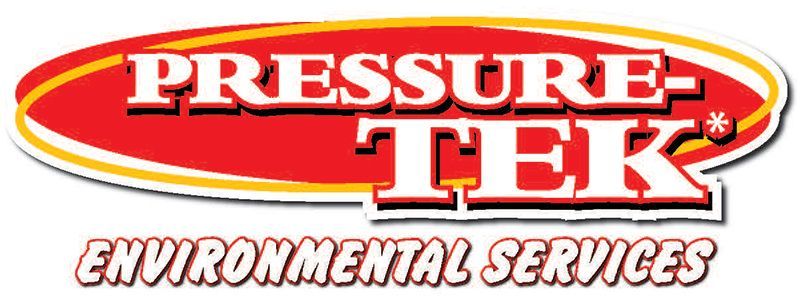FAQs
PressureTek
Have a septic-related question? PressureTek has the answer. Check out these FAQs and give us a call today for more information!
-
What is a septic system, and how does it work?
A septic system is a localized wastewater treatment setup that handles and purifies the waste produced by a household (known as effluent). This effluent is composed of black water (waste from toilets) and gray water (waste from kitchen sinks, bathtubs, and laundry).
The system is made up of two main parts: a septic tank and a leach field, also known as a drain field or soil absorption field. The initial treatment takes place in the septic tank, where bacteria break down the organic matter in the wastewater. Then, the effluent moves to the leach field for the secondary treatment phase. In this stage, bacteria finish breaking down and purifying the effluent as it gradually filters through the soil.
Localized wastewater recycling systems, like septic systems, have emerged as sustainable, long-term alternatives in areas where connecting to municipal sewer systems is not practical or cost-effective. These on-site systems are space-efficient and support sustainable land development by alleviating some of the strain on natural resources.
-
How can I prevent a septic system failure?
Consistent upkeep is the most effective strategy to avert failures in a septic system. This maintenance routine involves conducting a thorough inspection of the system every one to three years and scheduling tank pumping every three to five years. The need for tank pumping varies based on several factors, including the size of the tank, the number of residents in the home, water usage patterns, whether you use a garbage disposal, and the volume of solids accumulated in the tank. A general guideline is to pump the tank once the solids occupy two-thirds of the tank's volume. It falls to the homeowner or property owner to ensure these maintenance tasks are carried out regularly. If you're renting a property, it's your duty to use and maintain the system correctly.
In summary, to avoid a septic system failure, you should:
- Inspect your system every 1 to 3 years
- Pump the tank every 3 to 5 years or as needed
- Avoid excess water use (e.g., spreading out laundry use over the week)
- Flush only human waste and toilet paper down the toilet.
-
How long does a septic system last?
The durability of a septic system is influenced by its construction material, design, the quality of its installation and service, its operational conditions, and how well it is maintained. Generally, a concrete septic tank can last upwards of 50 years, although it's worth noting that newer tanks are often more robustly constructed than older ones. Tanks crafted from alternative materials, like plastic, may also have a comparable lifespan. For specific lifespan projections, as well as information on strength, design, installation, and warranty, consulting the manufacturer is advised.
For septic systems equipped with a pump, it's common for the pumps and their controls to require replacement every 10 to 20 years. Owners of advanced treatment units should refer to their manufacturer for detailed lifespan estimates and warranty specifics.
A drain field older than 25 to 30 years may experience a decrease in efficiency due to the thickening of the natural biomass at the bottom of its trenches or beds, impairing the field's ability to properly filter wastewater into the ground. This impairment can lead to ponding on the drain field, the emergence of untreated wastewater at the surface, or a backup of wastewater into the septic tank and home plumbing.
If your septic system is approaching or has surpassed the 25 to 30-year mark, it's prudent to begin planning for an upgrade to avoid emergencies. It's likely that your system is nearing, or has reached, the end of its operational life.
serving Area
Lubbock, TX
and surrounding areas
Business Hours
- Mon - Fri
- -
- Sat - Sun
- Closed
Weekends by Appointment - Emergency Services Available


Share On: